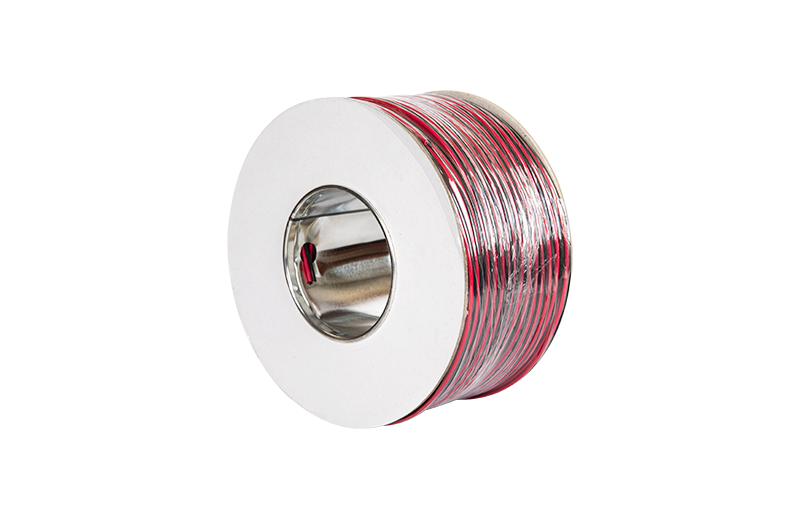Summary:When it comes to audio systems, nothing is more frustrating than the interference and noise that can compromise sound quality. Whether you're setting
When it comes to audio systems, nothing is more frustrating than the interference and noise that can compromise sound quality. Whether you're setting up a home theater, a professional sound system, or a public address system, the integrity of the audio signal is paramount. Custom low-voltage speaker cables, especially those designed with noise reduction in mind, play a crucial role in ensuring that your sound is clear, crisp, and free from unwanted distractions. So, how exactly do these cables perform when it comes to minimizing signal interference and reducing noise?
One of the key features of high-quality custom speaker cables is their ability to resist electromagnetic interference (EMI) and radio frequency interference (RFI), both of which can degrade the audio signal. EMI is typically generated by nearby electrical equipment like motors, computers, and fluorescent lights, while RFI comes from wireless devices such as cell phones and radio transmitters. Both types of interference can result in hums, buzzes, and static in the audio signal, making it difficult to achieve the pristine sound you're aiming for. Custom low-voltage speaker cables are often equipped with shielding to prevent these interferences from reaching the cable’s conductors. This shielding can come in various forms, such as braided copper, aluminum foil, or a combination of both, each offering varying degrees of protection. The more effective the shielding, the less likely external signals will seep into your audio signal, ensuring clearer, more reliable sound transmission.

The construction of the cable itself also plays a vital role in noise reduction. Many high-end speaker cables feature twisted or braided conductors that naturally cancel out noise. By carefully twisting the wires, manufacturers can create a setup where the electromagnetic fields generated by the current flow in the opposite direction, effectively neutralizing any external noise that might otherwise be picked up. This design ensures that the audio signal travels cleanly through the cables, preventing interference from external sources that could muddy the sound.
Additionally, the materials used for the cable’s conductor also impact its ability to reduce noise. Copper is the most common material because it provides excellent conductivity and is relatively resistant to interference. Some high-end cables even use oxygen-free copper or silver conductors, which further enhance signal clarity and reduce any distortion. The purity of the metal ensures that the audio signal travels more smoothly, minimizing the risk of distortion due to impedance mismatches or other factors that might affect the quality of the sound.
When it comes to custom low-voltage speaker cables, the right choice of insulation is also critical in preventing noise. High-quality insulators, such as PVC, Teflon, or cross-linked polyethylene (XLPE), act as barriers that prevent external noise from penetrating the cable while also ensuring that the signal inside remains clean and unaffected. These materials not only provide physical protection but also contribute to the cable’s overall resistance to external electrical noise, ensuring that sound quality is maintained, even in environments with high electrical activity.
In summary, custom low-voltage speaker cables are designed to combat interference and reduce noise through a combination of shielding, high-quality conductors, and robust insulation. By carefully selecting cables with these features, you can ensure that your audio system delivers superior sound performance without the unwanted distractions of hums, buzzes, or static. Whether you're using them in a professional sound system or for personal enjoyment, these cables help maintain the integrity of the audio signal, allowing you to experience the full depth and richness of your sound system without compromise.